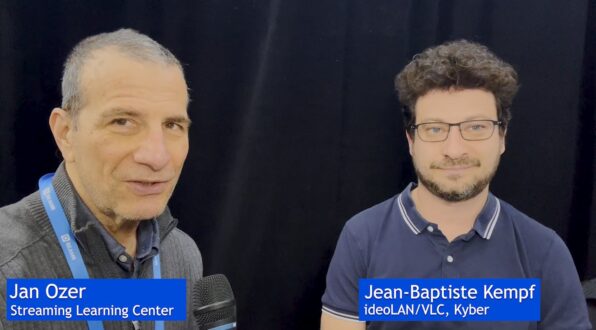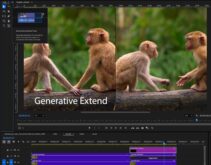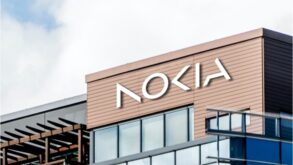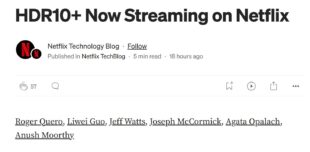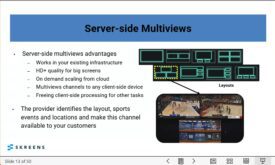At Mile High Video 2025, I sat down with Jean-Baptiste Kempf (JB), founder of Kyber and lead developer of VLC, to discuss his latest innovations in ultra-low latency video control. JB is well-known in the open-source community for his work on VLC Player and FFmpeg, and now, with Kyber, he’s pushing the boundaries of real-time machine control.
You can watch the YouTube video here, and it’s also embedded below. Quotes have been lightly edited for readability.
Contents
What is Kyber?
Kyber is a real-time control SDK designed to achieve the lowest possible latency in video transmission. It’s built on open-source platforms like FFmpeg and VLC and is intended for applications that require ultra-low latency, such as cloud gaming, robotics, drones, and remote-controlled vehicles. JB explained, “Kyber is all about real-time control of machines. The goal is to go as low as we can in terms of latency. It’s different from everything we’ve been doing as an industry, where we care about quality and audio-video synchronization. With Kyber, latency matters most.”
Unlike conventional streaming solutions, Kyber prioritizes speed above all else. “We’re not concerned about maintaining consistent latency or audio-video sync like WebRTC or SRT. The aim is to push latency as low as possible,” JB emphasized. This approach opens up new possibilities for scenarios where rapid response times are critical.
Achieving Ultra-Low Latency
One of Kyber’s most impressive achievements is achieving 8 milliseconds of glass-to-glass latency. This is the time it takes for a video frame to be captured, encoded, transmitted, decoded, and displayed. JB explained how they did it: “We’re using FFmpeg as a server, completely rewired to work in push mode, and VLC modified to operate in real-time—not just low latency, but true real-time.”
By leveraging FFmpeg and VLC, Kyber provides an end-to-end solution that includes the server, client, and networking protocol. JB elaborated, “Kyber handles the full pipeline: capturing video from any source, encoding it as fast as possible, sending it over the network, decoding it on the other side, and displaying it with minimal delay. It also supports bidirectional input, so you can send gamepad controls, mouse movements, or even USB commands back to the server.”
Applications and Use Cases
Kyber is designed for scenarios where ultra-low latency is not just beneficial but essential. JB outlined four main use cases:
- Cloud Gaming: “We’re working with a company called Player that lets users test any video game in a web browser for a few minutes. The game runs on the cloud, and Kyber streams it with extremely low latency, allowing instant gameplay.”
- Robotics and Drones: “We’re working with companies using Kyber to control robots and drones. Even autonomous systems need human intervention sometimes, and that requires fast, precise controls.”
- Remote Vehicles and Industrial Control: “In industrial scenarios, Kyber is used to control remote vehicles or machines. It’s about getting the video feed and controls back and forth as fast as possible to ensure safety and efficiency.”
- Cloud Rendering: “Kyber is also used for cloud rendering, streaming complex 3D graphics in real time to any device, allowing remote interaction without any perceptible lag.”
JB noted that although cloud gaming is the most technically challenging use case, it’s actually the least interesting from a business perspective. “Cloud gaming is what we show in the demo because it’s the hardest to do, but the real value is in industrial control, robotics, and cloud rendering,” he said.
Open-Source Approach and Licensing
As with VLC and FFmpeg, JB has made Kyber open-source. He explained his commitment to open-source development: “I’ve always believed in open source because it accelerates adoption. But Kyber is different from VLC or FFmpeg. Here, we are state-of-the-art—there’s nothing else, open source or commercial, that can do 8 milliseconds glass-to-glass latency across so many platforms and codecs.”
To balance community growth with sustainable revenue, Kyber uses a dual licensing model. “It’s AGPL if you’re using it for open-source projects or non-commercial use. But if you’re a large company looking to integrate Kyber into a product, then you need a commercial license,” JB explained. This model ensures that Kyber remains accessible for developers and researchers while generating revenue from enterprise customers.
Industry Insights: VVC Adoption and Codec Landscape
I also asked JB about his perspective on VVC (Versatile Video Coding), the next-generation video codec. Last year, JB famously declared that “VVC is dead,” so I was curious if his views had changed. “Unfortunately, I still think VVC isn’t compelling enough for mass adoption,” he said. “The patent situation is even worse than HEVC, and the use cases are too niche.”
Despite his skepticism about VVC, JB ensured that FFmpeg and VLC support it. “I was the one who sponsored the VVC decoder in FFmpeg,” he noted. “The goal of FFmpeg and VLC is to support everything. It doesn’t matter if I think the codec is good or not. As a technical person, it’s about ensuring compatibility and user choice.”
Looking forward, JB predicted a “dual track” codec landscape: “I see H.264 and AV1 dominating for most use cases, with HEVC sticking around for broadcasting. I don’t see mass adoption for VVC or newer codecs.” He also noted that older codecs like VP8 and VP9 are gradually being replaced by AV1.
Automatic Subtitle Translation in VLC
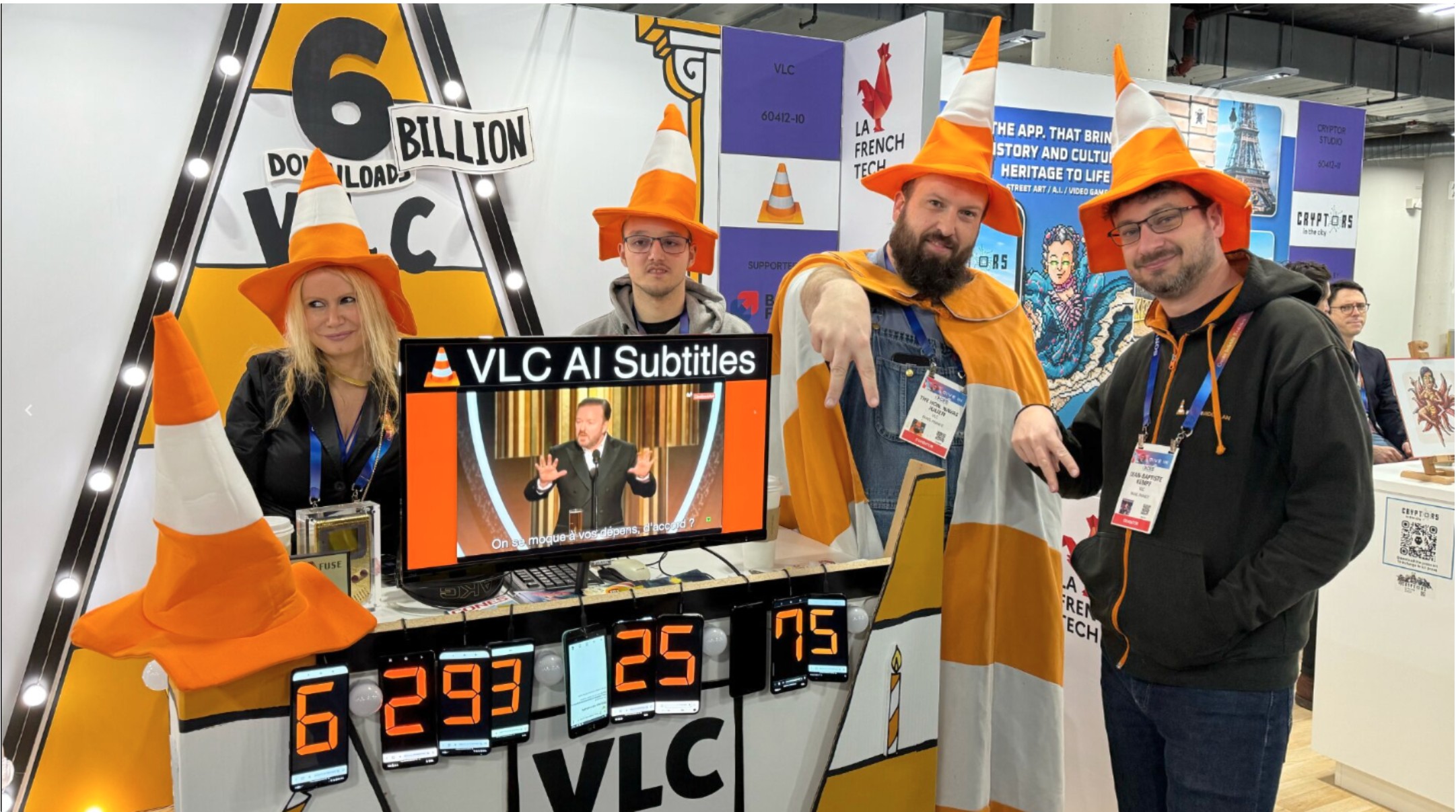
In addition to showcasing Kyber, JB also demonstrated a new feature for VLC: on-device automatic subtitle translation. “We’re showing direct, automatic subtitling that many people have done, but we’re also doing automatic translation into 120 languages,” he explained. “And all that is done on the device.”
This on-device approach is significant because it doesn’t rely on cloud services that might go down or become unavailable. JB noted, “There are so many AI use cases today that depend on the cloud. But with VLC, we’re doing it all locally. It works on a normal Mac, on a phone, and even on embedded devices.”
Why Mile High Video Matters
This wasn’t JB’s first time at Mile High Video, and he praised the event’s technical depth. “I think this is my fourth time at Mile High Video,” he said. “Compared to other industry events like NAB or IBC, which are mostly commercial and marketing-focused, Mile High Video is one of the most technical conferences on video. It’s small, but the quality is incredibly high.”
Conclusion
My conversation with JB highlighted how Kyber is pushing the boundaries of real-time machine control. By focusing on ultra-low latency and leveraging open-source platforms like FFmpeg and VLC, Kyber is paving the way for new applications in cloud gaming, robotics, remote control, and cloud rendering.
For more insights, check out the full interview or visit Kyber’s website to learn more about their cutting-edge SDK.
 Streaming Learning Center Where Streaming Professionals Learn to Excel
Streaming Learning Center Where Streaming Professionals Learn to Excel

